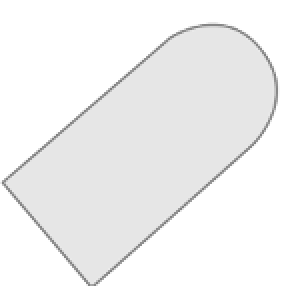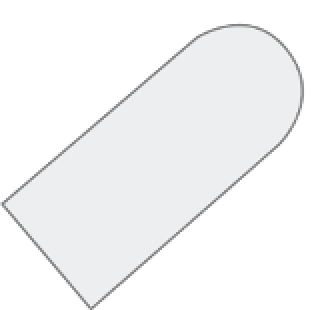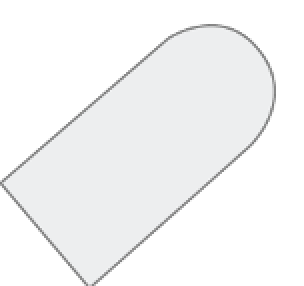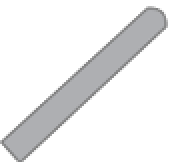Graphics Reference
In-Depth Information
There are many ways of applying ink to paper. The most appropriate option depends
on budget, the printing surface, the quantity of the run, and the turnaround time involved.
Consult the following list for an overview of the printing methods most commonly
available.
Offset Lithography:
This is the most commonly used method of printing where an image
on a plate is offset onto a rubber blanket cylinder which, in turn, transfers the image to a
sheet of paper. The process is based on making the printing image ink receptive and water
repellent, while the nonprinting areas are rendered water receptive and ink repellent. Offset
presses may have more than one printing unit, with each delivering a different color. They
come in a range of sizes and can accommodate single sheets as well as rolls of paper.
Offset printing involves three rotating cylinders: plate, blanket, and impression. The plate cylinder first contacts the dampening
rollers, wetting the plate area. Contact is then made with the inking rollers where the dampened nonimage areas repel the ink.
The inked image is then transferred from the plate cylinder to the rubber blanket cylinder. The soft rubber surface of the blanket
creates a clear and sharp impression on a range of paper surfaces.


















































































































































































































































































































































































Search WWH ::

Custom Search